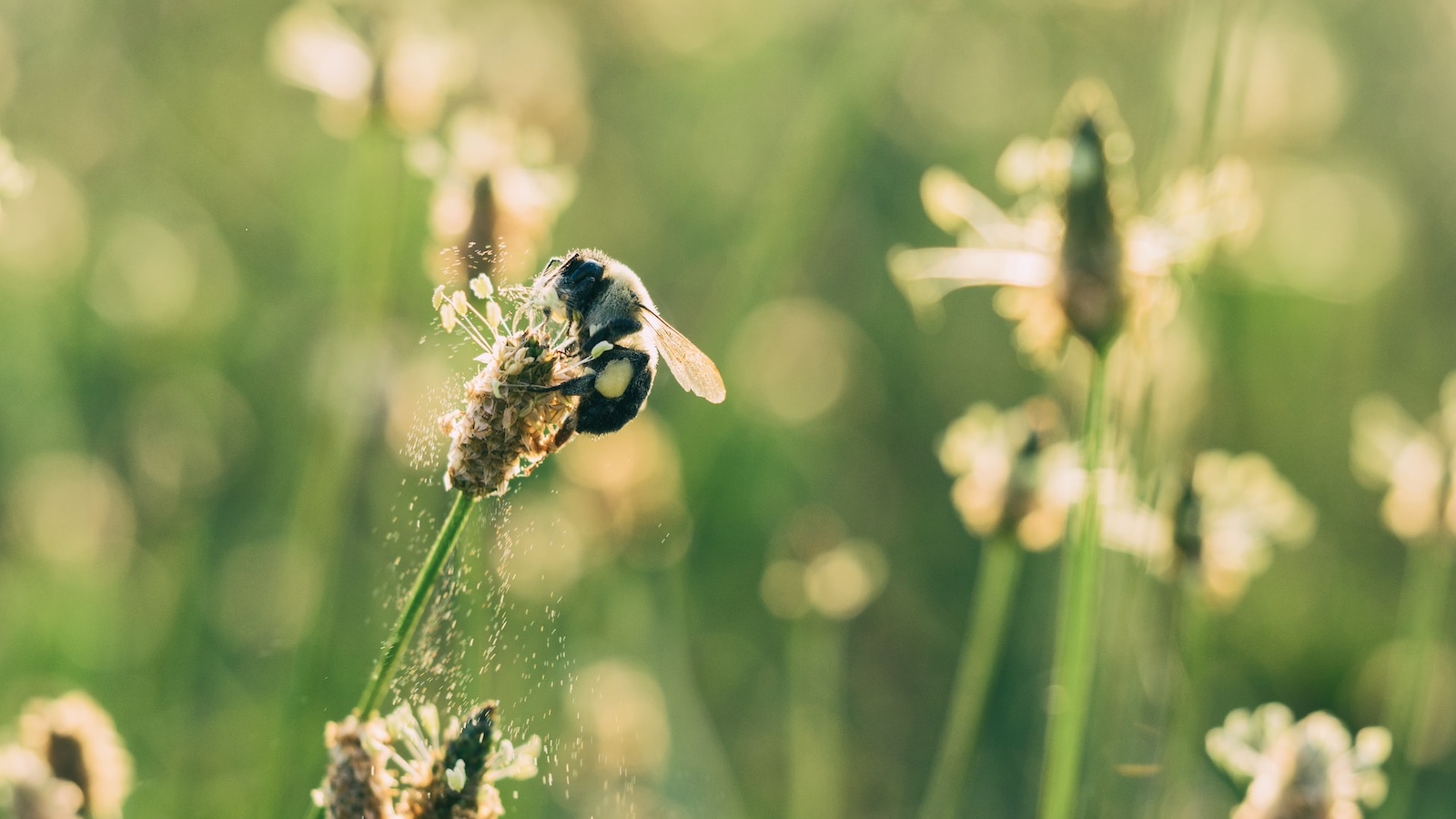As winter gradually loosens its hold, you might be eagerly anticipating the opportunity to breathe life back into your outdoor spaces.
You could be thinking about cultivating a pollinator-friendly garden, but you’re not sure which plants and seeds will be safe for pollinators like bees and butterflies. If that’s you, don’t worry: We’ve got your back.
This guide will help you keep neonicotinoids and other unwanted pesticides out of your pollinator haven and provide you with tips on what to look for as you shop for seeds and plants.
With nearly one in four native bee species imperiled by factors including bee-killing pesticides, that’s all the more reason to get this right.
5 ways you can keep unwanted pesticides out of your pollinator-friendly garden
1. Ask your local nursery or plant center about pesticide use on their plants and seeds
By looking at it, there’s no way to tell whether a seed or seedling has been treated with neonics. Asking your local nursery or plant center is the best way to figure out whether the plants and seeds you’re thinking of buying for your garden have been treated with neonicotinoids or other harmful pesticides.
Many big retailers like Home Depot and Lowes made commitments to phase out neonics by 2018, but some plants may still have them. By asking the store’s staff, you’ll reinforce for them the idea that neonic-free products are important to consumers. When you’re out shopping for plants and seeds, you can also reference this Bee-Toxic Pesticide list to avoid pesticide-coated products.
2. Be careful when purchasing some particularly problematic plants
In a study released in Biological Conservation, plants purchased from retail nurseries across the United States — including ornamental flowers and even native flowering plants like milkweed — were found to have harmful levels of pesticides.
Milkweed is the only food source for monarch caterpillars so naturally, people often buy and plant milkweed to support monarch butterflies in their gardens.
A native plant like milkweed may be “pollinator-friendly,” given that monarchs depend on them for their survival, but may not necessarily be pollinator-safe if they’re treated with harmful pesticides. Be sure to read the plant labels carefully before making any purchase.
3. Take a closer look before using multi-use products in your garden
To avoid using any pesticides in your garden, take a closer look at any multi-use products that you might not realize contain neonic pesticides like some “Weed and Feed” products. Here’s a list of some garden products containing neonics.
4. While most vegetable seeds aren’t coated with neonics or strong fungicides, some brands of grass seed are
We suggest that you buy uncoated grass seeds or those with only inert water-absorbing coatings like clay.
If you’re reseeding or planting a new lawn near your pollinator garden, coated seeds may blow into your garden area and affect pollinators. Even if they aren’t blown into your pollinator-friendly garden, many native bee species are ground nesting and could be exposed to the harmful pesticides found in your grassy lawn.
5. Consider harvesting and saving your own seeds or sharing and swapping with friends and neighbors
Connect with other gardeners in your community by organizing a seed swap. This can be a fun way to engage with other like-minded people and helps spread awareness of the harmful effects of neonics.
Interested in saving your own seeds? Here’s a Home and Garden tipsheet on harvesting seeds.
By keeping these tips in mind, you’ll be able to transform your garden, be it big or small, into a pollinator haven. Bees and monarchs need pesticide-free native plants and flowers now more than ever, and you can help support pollinators by creating a habitat for them to forage in.

